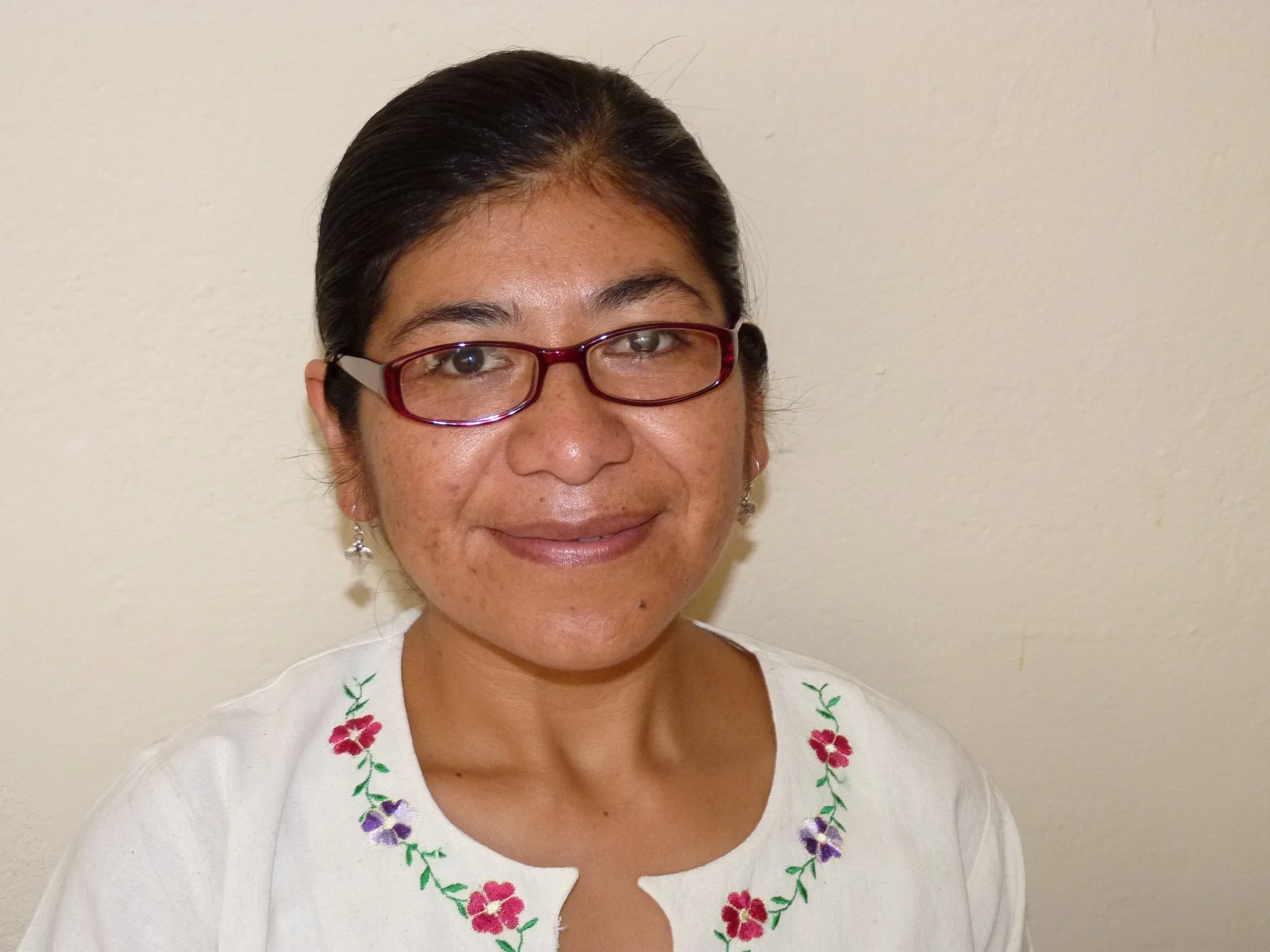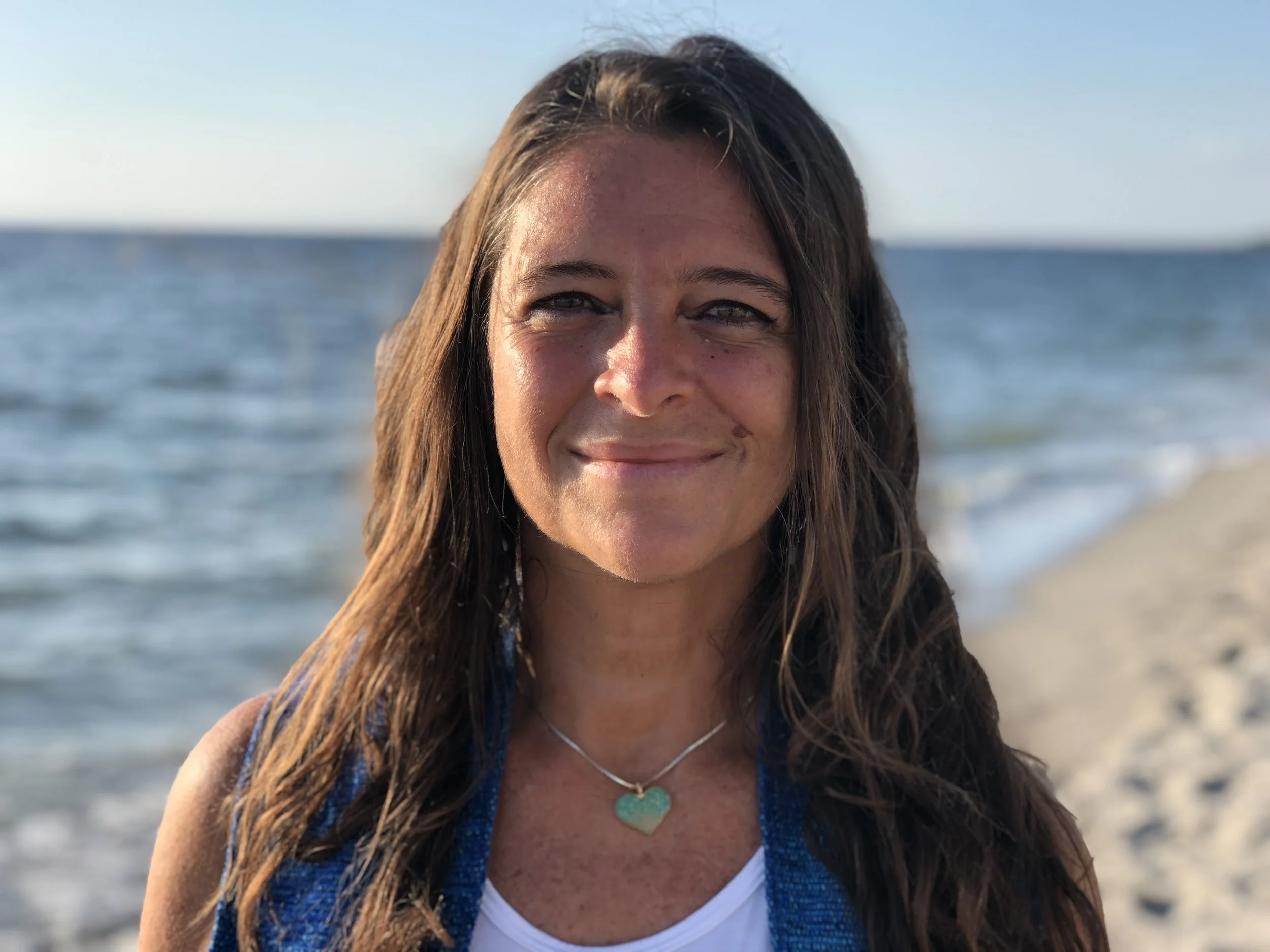Summary: The Path of Spiritualities linked to the Great Network of Life (Sofía Chipana Quispe)
The Path of Spiritualities linked to the Great Network of Life
By Sofia Chipana Quispe
Summary by Rev. Dr. Neddy Astudilo
The text presents the transgresive memories that maintained the strength of the resistance to the invasión, and to the social and religious colonial imposition that the peoples of Abya Yala have suffered during these more than 500 years. Although since the “campaigns of extirpation of idolatries", everything that was outside the parameters of the dominant culture and religion was stigmatized. Nevertheless, the invaded peoples were reconstituted from the adaptation of their ancestral spiritualities, and undertook the constant search for the cosmic healing of the subjugated, alienated, violated territories and bodies, in order to procure the balance and harmony in The Great Network, or Community, of Life.
This paper presents memories of the peoples of the Andean region, such as those of the itinerant community Taki Oncoy (1560-1572), which sought to heal the bodies and territories from the link with the Web of Life, which is called Taypi, to procure the new order of Pachakuti, in alliance with Amaru, the ancestral serpent linked to the telluric forces, which the leaders of later resistances assumed, so they used the nickname of Amaru or Katari (snake): Tomas Katari and his brothers (1700 - 1701), Tupac Amaru II (1780 - 1782), Tupac Katari (1781).
These are significant memories that remain registered in multiple expressions, such as the strength of the word that: "they pulled our fruits, they cut our branches, they burned our trunk, but they could not kill our roots" (Popol Vuh), which accompany the demand for justice, land and dignity, of the diverse peoples in the face of the extension of the invasions of extractivist capitalism that destroys life, and promotes policies of extermination of indigenous peoples. And it seeks to maintain much more harmonious ways of life, as will be the Good Living, the Harmonious Life, as a cosmic political path.
In this sense, the ancestral spiritualities, which are the source of the life of the peoples, are interwoven with the broken and burned threads, relating to Christianity from their own interpretation, which has led to the articulation of Indian/indigenous theologies that involved an intercultural, ecumenical and interreligious process, which questions the universality of Western theology. Although it is not free of stigmatization, as they are seen as a threat to the integrity of Christianity, considering ancestral spiritualities as idolatrous, pantheistic, polytheistic, animistic.
It is for this reason that we conclude in this article, with the challenge that ancestral spiritualities, from their holistic cosmologies, differ from dualistic, anthropocentric and androcentric spiritualities. It recognizes the plural experiences of the sacred, as opposed to monotheism, which requires dialogues of otherness and symmetry in the face of hegemonic positions of a dominant culture and religion. Finally, it is considered that ancestral spiritualities should not be confused with the clothing acquired in the construction of indigenous identities, which are confused with esoteric and folkloric practices, since they are sources of healing for the peoples.
Sofía Chipana Quispe is an Aymara national from the plurinational State of Bolivia. A member of the Community of Indigenous Wise Men and Theologians of Abya Yala, and the Andean Theological Community of Peru, Argentina and Bolivia, she intertwines intercultural readings of the Bible with investigations of kinship. See her orginal article, on our website, here: http://www.allcreation.org/home/el-camino
Rev. Dr. Neddy Astudillo is guest editor of our Spring 2023 edition, Eco-Teología / Eco-Theology, our first-ever bilingual collection. A Presbyterian pastor, co-founder of the Angelic Organics Learning Center, coordinator of the Climate Justice and Faith Spanish program at Pacific Lutheran Theological Seminary, and much more. Rev. Astudillo teaches internationally, is a co-author of the National Council of Churches declaration and book, God’s Earth is Sacred.
###
Bibliografía
Arnold, Denisse (Algunos aportes de las ciencias sociales al proyecto de teología andina. En: Estermann, José (Coord). Teología Andina: El tejido diverso de la fe indígena. La Paz: ISEAT. Pp. 247 – 293.
Bascopé, Víctor (2006). Espiritualidad Andina: en el Pacha Andino. Cochabamba: Verbo Divino.
Cabnal, Lorena (s/a). Documentos en construcción para aportar a las reflexiones continentales desde el feminismo comunitario al paradigma ancestral originario del “Sumak Kawasay”, Buen Vivir. Asociación de mujeres indígenas de Santa María Jalapa Amismaxaj. En: https://amismaxaj.files.wordpress.com/2012/09/buen-vivir-desde-el-feminismo-comunitario.pdf
Cavero, Ranulfo (2001). Los Dioses vencidos. En: https://www.google.com/search?q=TAKI+ONKOY&ie=utf-8&oe=utf-8&client=firefox-b#q=TAKI+ONKOY+PDF+&*
Estermann, José (2006). La ‘Teología Andina’ como realidad y proyecto. En: Estermann, José. Teología Andina: El tejido diverso de la fe indígena. La Paz: ISEAT. Pp. 137 – 162.
Galeano, Eduardo (1998). Úselo y tírelo. Buenos Aires: Planeta.
Gutiérrez, Gustavo (1992). En busca de los pobres de Jesucristo: El pensamiento de Bartolomé de las Casas. Lima – Perú: Instituto Bartolomé de las Casas y Centro de estudios y publicaciones.
Marzal, Manuel (1988). La transformación religiosa peruana. Perú: PUCP
Marsilli, maría (2014). Hábitos perniciosos: religión andina colonial en la diócesis de Arequipa
Millones, Luis (s/). El taki oncoy y las montañas. En: https://www.ic.nanzan-u.ac.jp/LATIN/kanko/PL/TAKIPDF/pltaki_09_luis_millones.pdf
Montes Ruiz, Fernando (1999). La máscara de piedra: Simbolismo y personalidad aymaras en la historia. La Paz: Armonía.
Sarmiento, Nicanor (2000). Caminos de la Teología India. Cochabamba: UCB, Guadalupe y Verbo Divino.
López, Eleazar (2000). Teología India: Antología. Cochabamba: UCB, Guadalupe y Verbo Divino.
[i] La cristiandad tiene que ver con la expansión “civilizatoria” del cristianismo.
[ii] Se trata de una extensión de la cacería de brujas en Europa, hacía los siglos XV al XVIII. Como lo desarrolla Silvia Federici en su obra el Calibán y la Bruja.
[iii] El trabajo forzado controlado por los sacerdotes encomenderos.
[iv] Espacios donde cuidaban los cuerpos de sus ancestros/as.
[v] Se extendía en los territorios de lo que hoy es: Perú, Bolivia, Chile, Argentina, Ecuador y Colombia.
[vi] El mito hace referencia a la decapitación del Inca, cuya cabeza se mantiene con vida hasta lograr el restablecimiento del pueblo.
[vii] Ubicado en el siglo XVI
[viii] En Bolivia las iglesias Metodista y la Luterana, emprendieron algunos caminos profundos de una articulación teológica andina, que en nuestros tiempos se han.





